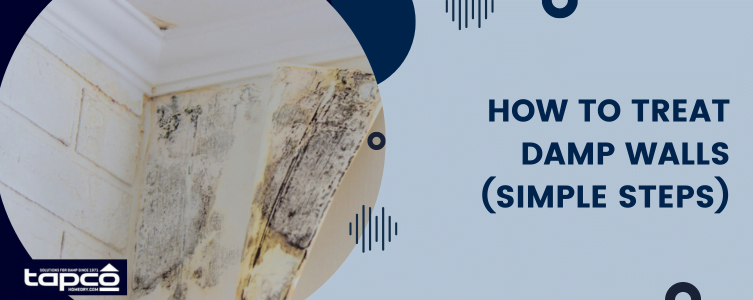
No-one wants damp problems in their home, but it is something many of us may encounter at some time in our lives. Whether you are a homeowner or you rent, whether you live in a bungalow, a three storey house or any other type of property, damp can still occur.
And it isn’t something that only happens in older houses. In fact, insufficient ventilation can lead to damp in even the newest of properties. Damp proofing measures can be incorrectly installed, or they can fail over time.
Since damp is one of the most damaging issues you can face in your home, you want to get it under control as soon as you notice the early signs. Thankfully, there are professionals that can help and also a few simple tricks you can try to help control moisture around the home.
This guide will walk you through the steps to identify and tackle damp walls and clear an irritating damp problem once and for all.
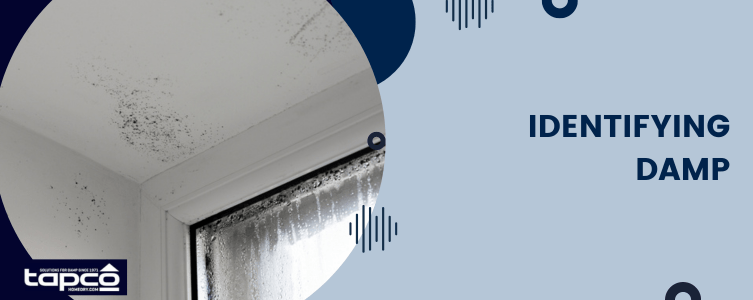
Identifying damp
Damp is most often seen in winter but it can appear at any time of the year. There are some parts of the property that you should monitor for signs of damp and particular places where signs of it may appear.
We’ll start with the walls, as this is often where damp is seen first. Ask yourself the following questions:
- Do they feel damp and cold when you touch them?
- Can you see patches of moisture on the coldest parts of the wall?
- Are there signs of mould or fungi growing such as small black speckles or grey growths?
- Is the wallpaper peeling or plasterwork cumbling?
The ceiling can also be an area to keep an eye on for damp. This might be more obvious, as your ceiling is more likely to be painted a light colour and less likely to be obstructed by furniture.
- Can you see discoloured or stained areas?
- Are there brown patches or black spots?
Bathrooms and kitchens are often the most common locations for damp because of the warm, moist air we create from the showers, bath and cooking. Black spot mould can grow on wood or PVC as well as on walls so regularly check these areas for any signs of a problem.
Cold basements and any unheated parts of the house are the other areas to monitor for signs of damp. You may notice a musty smell and the air feels damp or humid. Check for stains on concealed walls and woodwork too.
You might need to move large items of furniture out of the way to spot the signs of damp. If you notice a damp smell in your home, it could be a sign that you need to investigate further.

Isolating the cause
The walls are the most common place to find damp problems and therefore are usually where you start dealing with it. Once you have spotted damp signs or noticed a wall that is feeling damp, then you need to tackle it quickly.
It is important to handle the cause of the damp first. This might be penetrating damp on upper walls and ceilings where a leak above is letting rain in. It might be a problem with a faulty or missing damp proof course, which is allowing water to rise from the ground.
Another common problem is condensation. This is warm moist air that exists because of our everyday activities such as showering or cooking. When this air cannot escape, the moisture will settle on the coldest surfaces in your home, which is usually the windows and external walls.
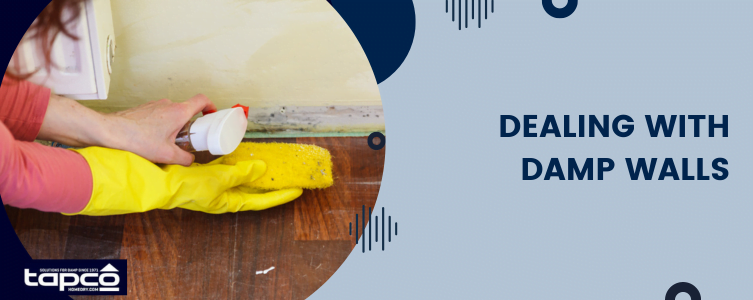
Dealing with damp walls
The first step is to start controlling the humidity you produce by opening windows. You might also use dehumidifiers to extract more moisture from the air and help you to quickly get the problem under control.
Once the walls feel dry to the touch, you can start applying a mould removing treatment. This is a good idea, even if you can’t see the mould. You can buy mould and mildew removers in most supermarkets and DIY shops. When using these products, it’s vital to make sure you aren’t spreading the spores around. These products may also contain bleach, so you should be careful with clothing and soft furnishings.
Once the affected areas are mould free and dry, you can apply special anti-mould paint. You can apply this to walls or ceilings to stop the mould coming back.
Solve the damp problem
Treating the walls is a big part of clearing a damp problem but it is even more important to handle the underlying cause too.
- If the issue is condensation, then consistent heat and ventilation are key. Start the day by opening the windows in your home to let out any moisture that has built up overnight. You should also heat your home consistently in winter to help prevent damp building up again.
- If the issue is rising damp, a new damp proof course and special replastering may be needed.
- If the issue is penetrating damp, the external cause has to be repaired. It is best to get help from a specialist damp expert to make sure the problem is eradicated properly and doesn’t come back.


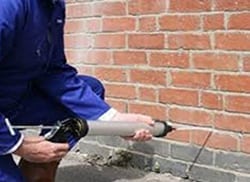 Damp Proofing
Damp Proofing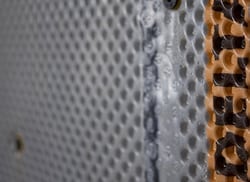 Basement Damp Proofing
Basement Damp Proofing Water Damage
Water Damage Condensation Control
Condensation Control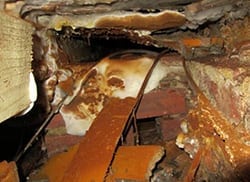 Dry Rot Treatment
Dry Rot Treatment WOODWORM & WET ROT
WOODWORM & WET ROT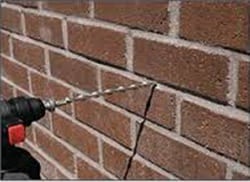 CAVITY Wall Ties
CAVITY Wall Ties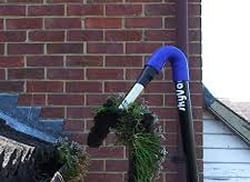 Property Maintenance
Property Maintenance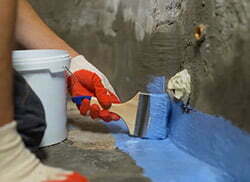 Waterproofing And Tanking
Waterproofing And Tanking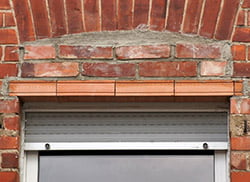 Structural Repairs
Structural Repairs







